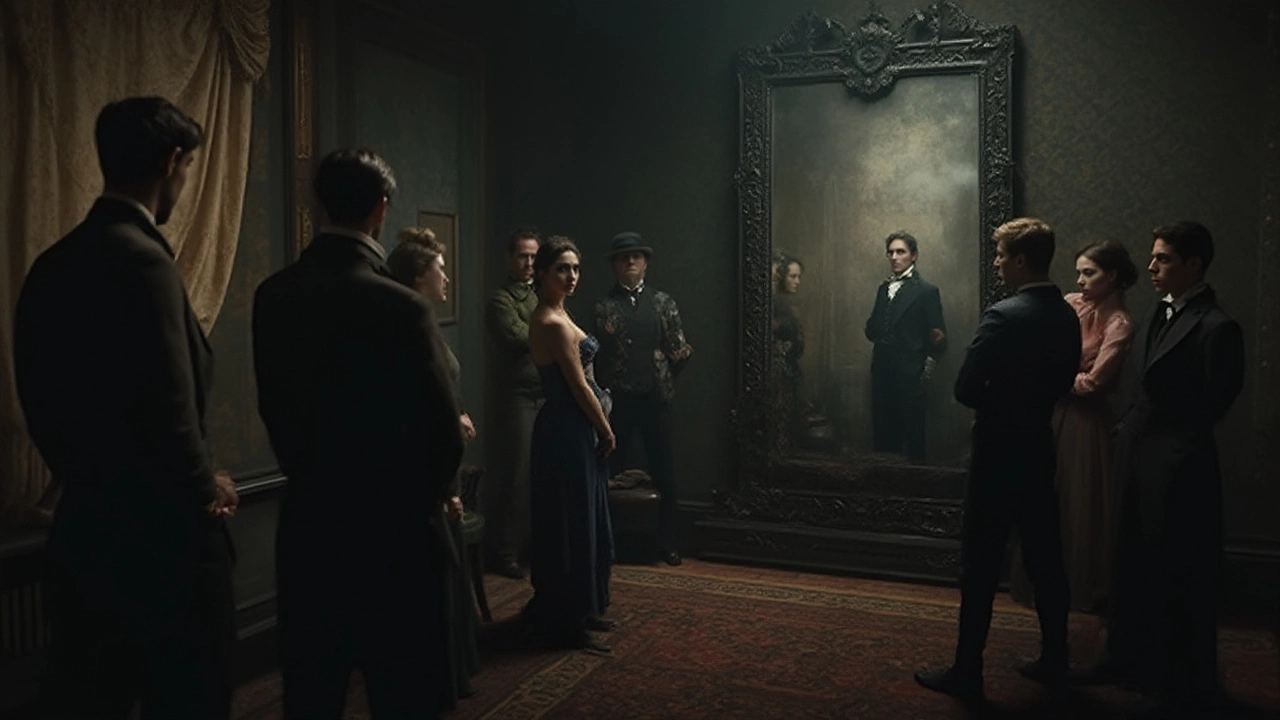Mirror Psychology: How Mirrors Shape Your Thoughts and Feelings
Ever notice how a bathroom mirror can boost your mood or make you feel uneasy? That reaction isn’t random – it’s psychology at work. Mirrors give us a visual cue about ourselves, and the brain reacts in predictable ways. Understanding those reactions can help you use mirrors better and avoid unnecessary stress.
Why Mirrors Trigger Strong Feelings
When you look at a mirror, your brain does two things at once: it processes the image and links it to self‑identity. For most people, that link feels natural, but for some it sparks fear or obsession. Mirror phobia, called eisoptrophobia, often starts in childhood when a scary story or a sudden reflection startles a kid. The fear sticks because the brain remembers the shock and flags mirrors as a threat.
On the other side of the spectrum, mirror obsession shows up in people who constantly check their appearance. This habit can be a sign of body‑dysmorphic disorder (BDD) or simply a habit formed by social media pressure. The more you stare, the more the brain reinforces the behavior, creating a loop that’s hard to break.
Even the type of mirror matters. Flat mirrors give a true reflection, while convex mirrors stretch the view and can feel less personal. Concave mirrors create a deeper focus and are used in makeup rooms to show detail. Knowing which mirror you prefer can explain why you feel comfortable in some rooms and not others.
Practical Tips for Healthy Mirror Use
First, pick a spot where the mirror helps you, not hurts you. A well‑lit bathroom mirror works for daily grooming, while a large decorative mirror in a hallway can make a room feel bigger without demanding constant attention.
If you notice anxiety when you glance at a mirror, try a short exposure routine. Look for just a few seconds, breathe, and walk away. Gradually increase the time. Most people find that the fear fades after a few minutes of controlled exposure.
For those who check themselves too often, set a timer. Allow yourself one quick check in the morning and one at night. When the timer goes off, shift focus to another activity – like reading or stretching. Over time, the brain learns that mirrors aren’t the only source of self‑validation.
When buying a mirror, consider cost versus quality. A cheap bathroom mirror can work fine, but a high‑end piece for a living room should have good glass thickness and a sturdy frame. Higher price often means better durability and less distortion, which means fewer headaches for your eyes.
Finally, remember that mirrors are tools, not judges. Use them to see what needs fixing – like a loose strap on a bag – but don’t let them define your worth. A quick glance, a smile, and moving on is all you need.
Understanding mirror psychology gives you control over a simple object that shows up in almost every room. By recognizing fear, obsession, and the impact of mirror type, you can make smarter choices and keep your mind calm.
Why do black mirrors unsettle us? Discover the psychological, historical, and cultural reasons why these dark reflections provoke such strong reactions.
Jul, 19 2025
